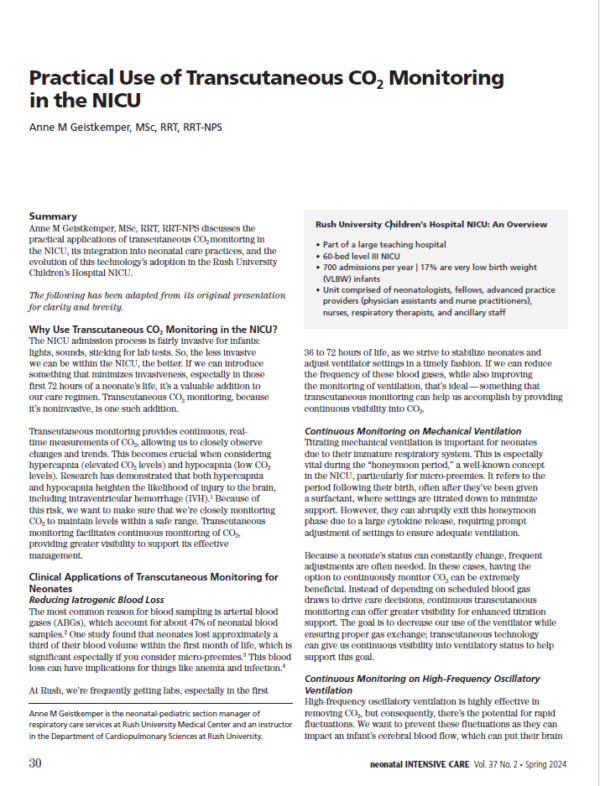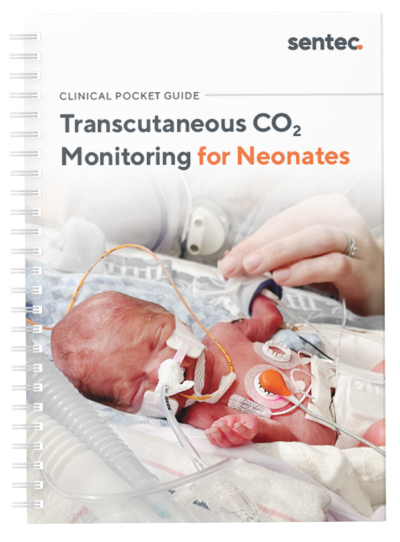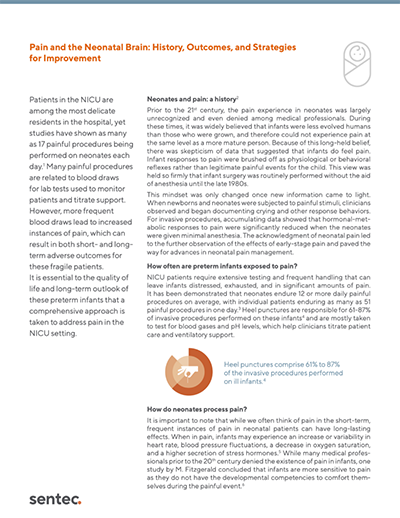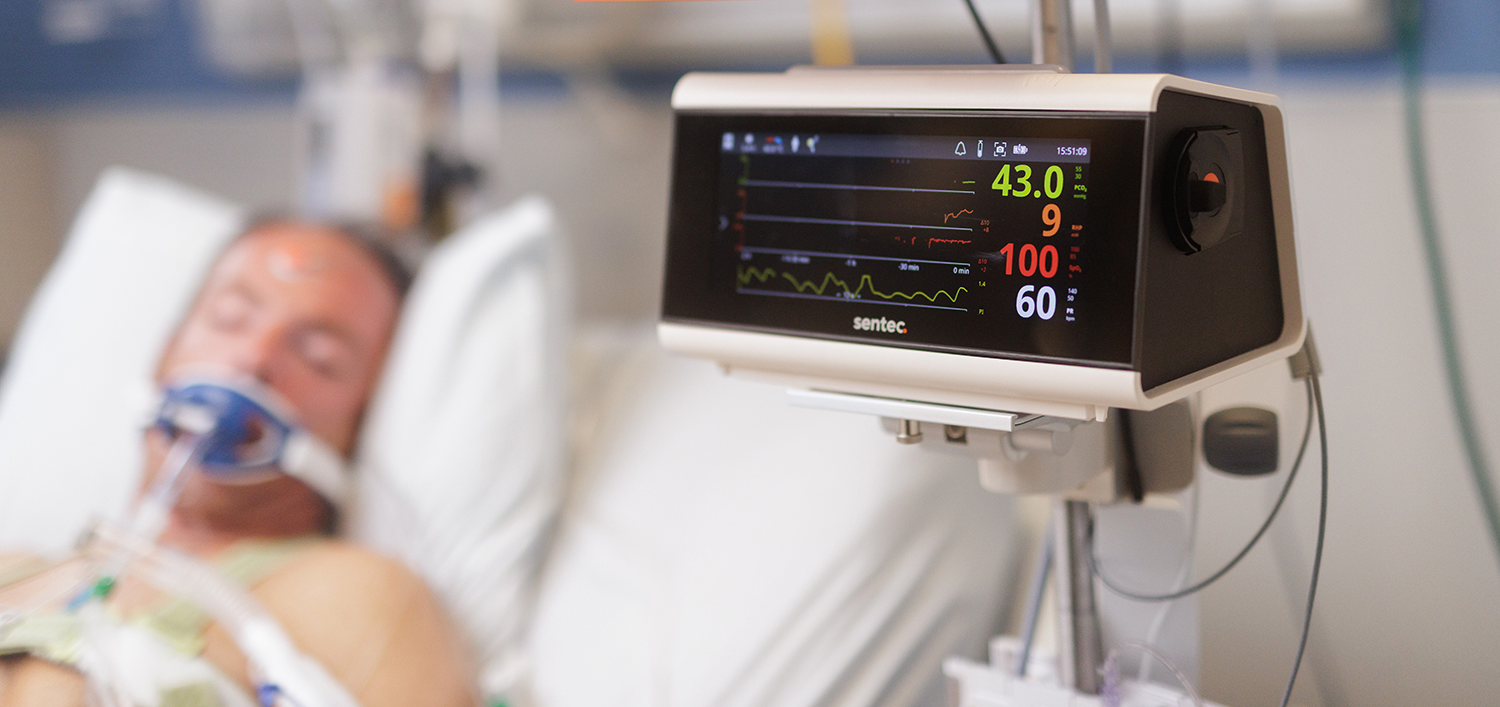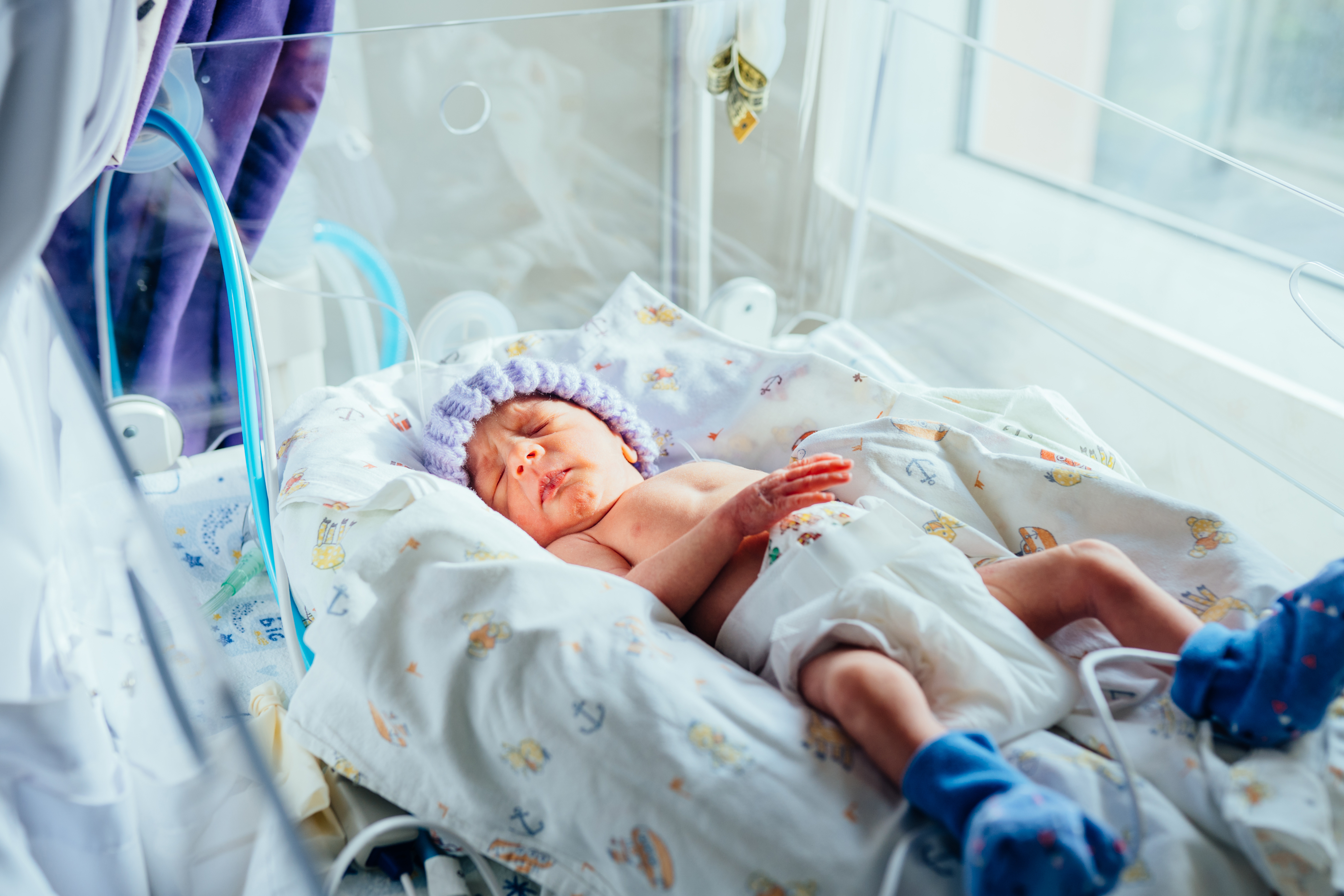
Meet the Author
Anne M. Geistkemper, MSc, RRT, RRT-NPS
Neonatal Pediatric Clinical Manager, Respiratory Care at Rush University Medical Center & Instructor in the Department of Cardiopulmonary Sciences in the College of Health Sciences at Rush University
Anne Geistkemper, MSc, RRT, RRT-NPS, has dedicated nearly 11 years to the field of respiratory therapy with a focus on neonatal/pediatrics. Deeply committed to her field, she is involved as an AARC Education Section Preceptor, AARC exam prep faculty member, ISRC President-elect, and ISRC Program Committee member. Her outstanding dedication and accomplishments have most recently earned her the 2021 AARC Specialty Practitioner of the Year Award and the 2022 ISRC President’s Award.
Meet the Author
Anne M. Geistkemper, MSc, RRT, RRT-NPS
Neonatal Pediatric Clinical Manager, Respiratory Care at Rush University Medical Center & Instructor in the Department of Cardiopulmonary Sciences in the College of Health Sciences at Rush University
Anne Geistkemper, MSc, RRT, RRT-NPS, has dedicated nearly 11 years to the field of respiratory therapy with a focus on neonatal/pediatrics. Deeply committed to her field, she is involved as an AARC Education Section Preceptor, AARC exam prep faculty member, ISRC President-elect, and ISRC Program Committee member. Her outstanding dedication and accomplishments have most recently earned her the 2021 AARC Specialty Practitioner of the Year Award and the 2022 ISRC President’s Award.


